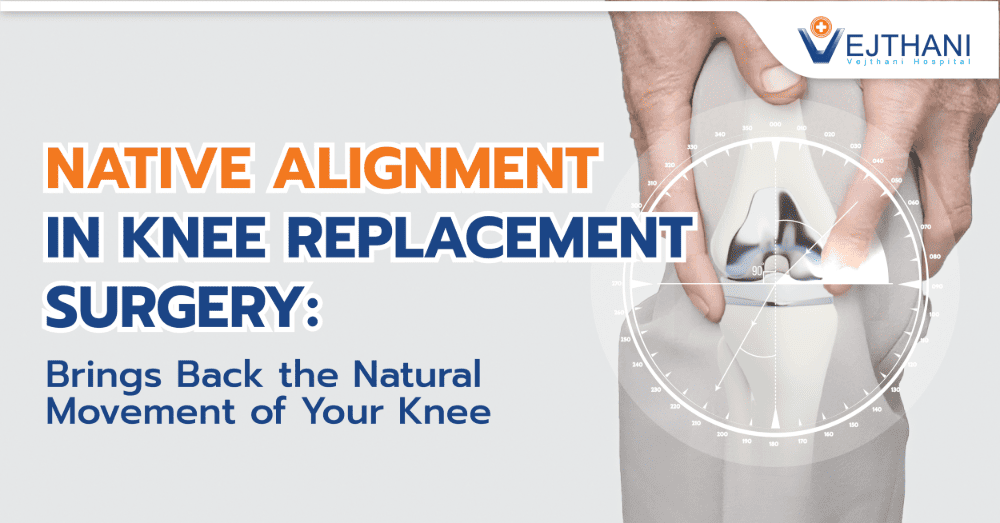
Endovascular stent graft: Aortic aneurysm repair
Overview
A number of variables, such as the aneurysm’s location and shape as well as the patient’s physical state, influence the optimal surgical technique to repair an aneurysm.
One minimally invasive technique for treating an aortic aneurysm is endovascular grafting. Your surgeon can suggest an Endovascular Aneurysm Repair (EVAR) as an alternative to an open aneurysm repair, which requires opening your chest and belly during surgery. Depending on the type of repair being addressed, your doctor may also refer to the procedure as a Fenestrated Endovascular Aneurysm Repair (FEVAR) or a Thoracic Endovascular Aneurysm Repair (TEVAR) in addition to EVAR.
During endovascular surgery, a stent with a fabric liner surrounding it is inserted inside your aorta to fortify the weak areas. This is done using thin, long tubes called catheters. If your aneurysm is five centimeters or larger and has not ruptured, you might be a candidate for endovascular stent grafting.
Reasons for undergoing the procedure
Reducing the likelihood of aneurysm-related consequences is the main objective of aortic aneurysm treatment. Rupture is the main risk associated with untreated aneurysms, and the risk increases with aneurysm size. When determining whether to have an aneurysm surgically treated, there are a number of things to take into account:
- The existence of symptoms, such as abdominal pain, groin or inner thigh pain, or back pain.
- The aneurysm’s size, namely its diameter
- The aneurysm’s growth rate, especially if it is expanding quickly (increasing faster than one centimeter a year).
- The emergence of an aortic dissection, which may be followed by an abrupt, excruciating back or chest sharp tearing pain
- The general health status of the patient
When determining the best course of action for you, your doctor will take into account your unique needs and condition.
Risks
In general, this is a highly safe surgery, and extra care is used to reduce the possibility of complications. There are hazards associated with any surgical operation, though. Your doctor will go over the particular dangers and possible advantages of the suggested procedure with you.
Following endovascular aneurysm repair, complications may include blood leaking around the graft, the graft shifting from its original location, and stent breaking. Rare yet dangerous complications can include infection, delayed aneurysmal rupture, or paralysis. There can be other dangers.
Ask questions to make sure you understand the procedure’s risks, potential results, and reason for recommendation when you meet with your doctor.
You will have some post-operative fatigue, like with any surgical operation, for a few weeks. An inflammatory response could arise when the blood flow through the aneurysm ceases. Although the symptoms will subside over several days, the inflammation may induce a low-grade fever (temperatures up to 100 or 101) that makes you feel like you have the flu.
The stent itself won’t be noticeable to you. There shouldn’t be any changes in your capacity to carry out everyday tasks, and you should be free to resume all of your usual activities.
Before the procedure
You might require pre-operation testing a few days prior to the procedure to ensure that the surgery is safe for you to have. Prior to the surgery, you might need to stop taking some drugs. You will receive detailed instructions from your doctor to help you get ready for the surgery.
During the procedure
Either a general anesthetic (being put to sleep) or a sedative combined with local anesthesia will be administered to you. Your groin will be lightly incised, and the surgery will be done through those incisions. In order to guide and distribute a stent-graft through the blood vessels to the aneurysm, catheters are placed into the incisions. An endovascular stent graft strengthens the aortic weak point by means of a fabric tube held up by metal wire stents, also known as a scaffold.
The surgeon positions the graft in the aneurysm’s location with the aid of X-ray guidance. After that, the graft is opened up inside the aorta and secured in place using stents and metal hooks in place of sutures.
The graft permits blood to flow through it without pressing on the aortic aneurysm by firmly sealing the region with your artery above and below it.
The actual process often takes two to three hours. You’ll spend one to two days in the hospital. It will take roughly a month to fully recover.
After the procedure
Your surgeon will give you specific instructions to follow after surgery to ensure that your incision heals properly.
Following the process, you may be subject to the following limitations:
- Until your doctor gives the all-clear to drive (typically 1-2 weeks after the procedure and after you have finished taking pain medication), AVOID driving.
- Until the incisions heal, AVOID bathing. Two days following the procedure, showers and sponge washes can be done near the incision.
- For four to six weeks following the treatment, AVOID lifting more than ten pounds.
Outcome
You and your doctor will talk about the procedure’s outcomes. Results from endovascular grafting are excellent. For the stent graft, you will require follow-up appointments; however, most patients resume their normal lives following the treatment. Patients with aneurysms should generally lead a healthy lifestyle that includes frequent exercise and a balanced diet. Your risk of heart disease and atherosclerosis is increased when you have an aneurysm, therefore you should get a thorough evaluation to determine your risk of these conditions in addition to having the aneurysm repaired.
Contact Information
service@vejthani.com






















